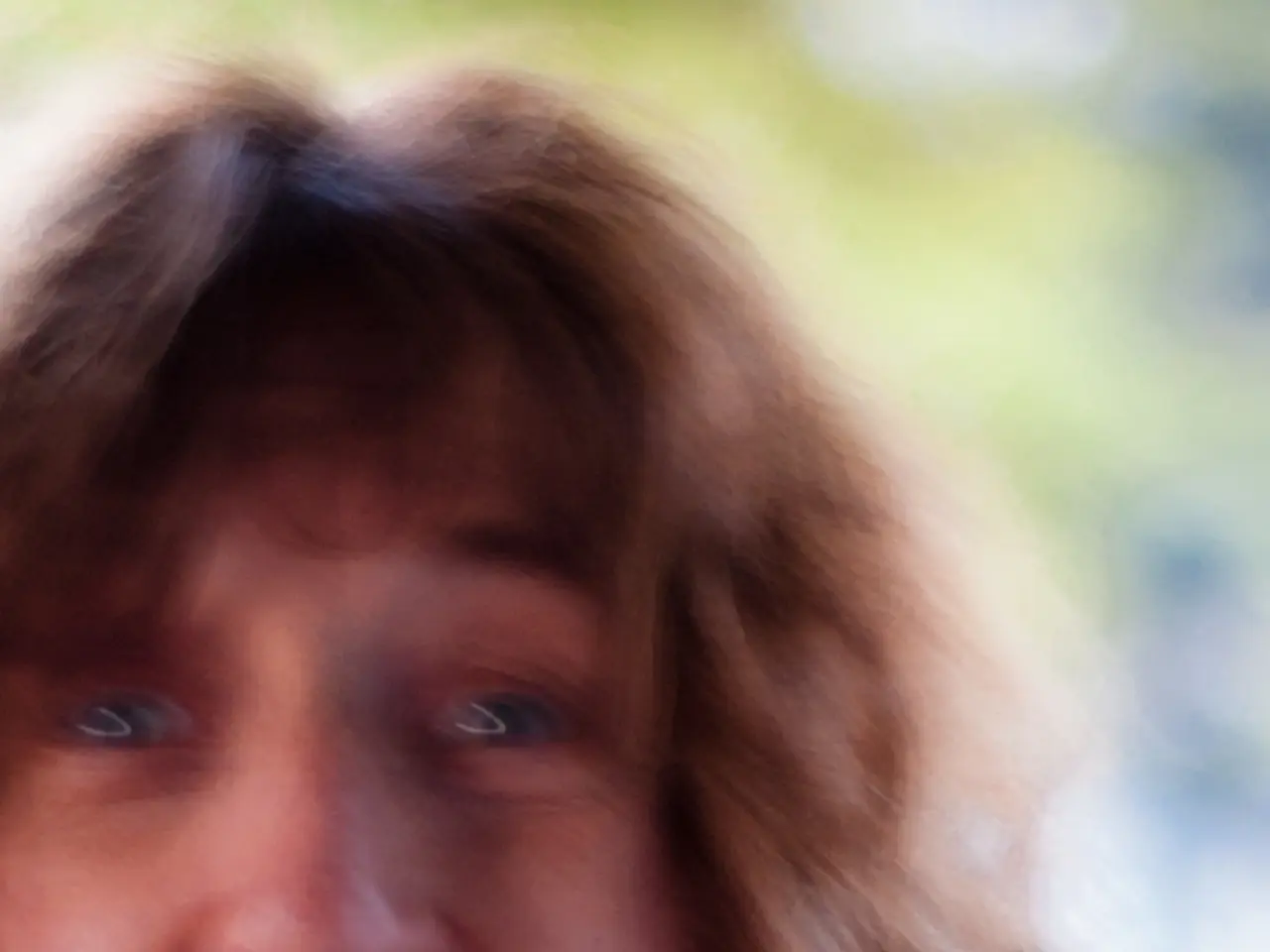Rehabilitating Visual Perception Following a Stroke
In a groundbreaking development, researchers at the University of Rochester Medical Center's Flaum Eye Institute have developed a specialized visual training programme that could potentially restore vision for individuals who have suffered damage to their primary visual cortex due to a stroke.
Led by Dr. Krystel Huxlin, the senior author of the study and the James V. Aquavella, M.D. Professor of Ophthalmology at the Flaum Eye Institute, this training focuses on the neural mechanisms of visual recovery after stroke. The training involves innovative rehabilitation methods designed to restore basic vision by encouraging recovery and reorganization in visual pathways affected by stroke.
Dr. Huxlin's lab at the Flaum Eye Institute specifically studies neural mechanisms of visual recovery post-stroke, suggesting that their training protocols are scientifically designed to foster recovery even in cases of long-standing visual cortex damage. This type of focused research typically explores retraining residual vision and neuroplasticity in the brain, which can lead to partial restoration of visual functions in patients previously considered untreatable.
The visual training programme, developed by Dr. Huxlin, flashes small circles of striped patterns or moving dots in the patient's blind field. Remarkably, patients have been able to sense and then see enough of the patterns and dots to answer correctly 80 percent of the time. Some patients have even reported significant improvements, such as recognizing the women's room sign and driving again after visual training and driver rehabilitation.
The study, published in the journal Neurology®, provides the first evidence that rigorous visual training can recover basic vision in cortically blind patients with long-standing stroke damage in the primary visual cortex. However, it's important to note that while the study shows promising results, direct quantitative evidence on the training’s effectiveness from the given sources is not available.
The visual training technology has been licensed by EnVision LLC for a clinical trial at the University of Rochester Medical Center, University Pittsburgh Medical Center, and Bascom Palmer Eye Institute in Florida. The University of Rochester may benefit from royalties if the technology becomes commercially successful.
Despite the promising results, it's crucial to approach this development with caution. As Matthew Cavanaugh, a student in the Neuroscience Graduate Program, noted, patients go from no sensation to motion, then vision, although not completely normal. The researchers are currently studying how blind field maps change over time in a larger group of cortically blind patients to verify the finding.
In conclusion, the University of Rochester’s Flaum Eye Institute is recognised for its specialized visual training targeting recovery in cortically blind stroke patients, showing promising scientific foundations for functional vision restoration. However, direct quantitative evidence on the training’s effectiveness from the given sources is not available. Further research and clinical trials are necessary to confirm the efficacy of this innovative approach.
- This groundbreaking visual training programme, designed by Dr. Krystel Huxlin, potentially restores vision for individuals with neurological disorders caused by a stroke, and could pave the way for treatments in health-and-wellness and mental-health fields.
- The training focuses on therapies-and-treatments for medical-conditions like neurological disorders, using innovative rehabilitation methods that stimulate neuroplasticity in the brain, such as flashing small circles of striped patterns or moving dots.
- The development of effective nutrition and fitness-and-exercise plans, along with the use of CBD, may complement this visual training approach by supporting overall health and wellness during the recovery process.
- As new scientific discoveries are uncovered in the field of science, research on neural mechanisms for vision recovery post-stroke will continue to evolve, leading to potentially life-changing therapies-and-treatments for patients with various medical-conditions.




